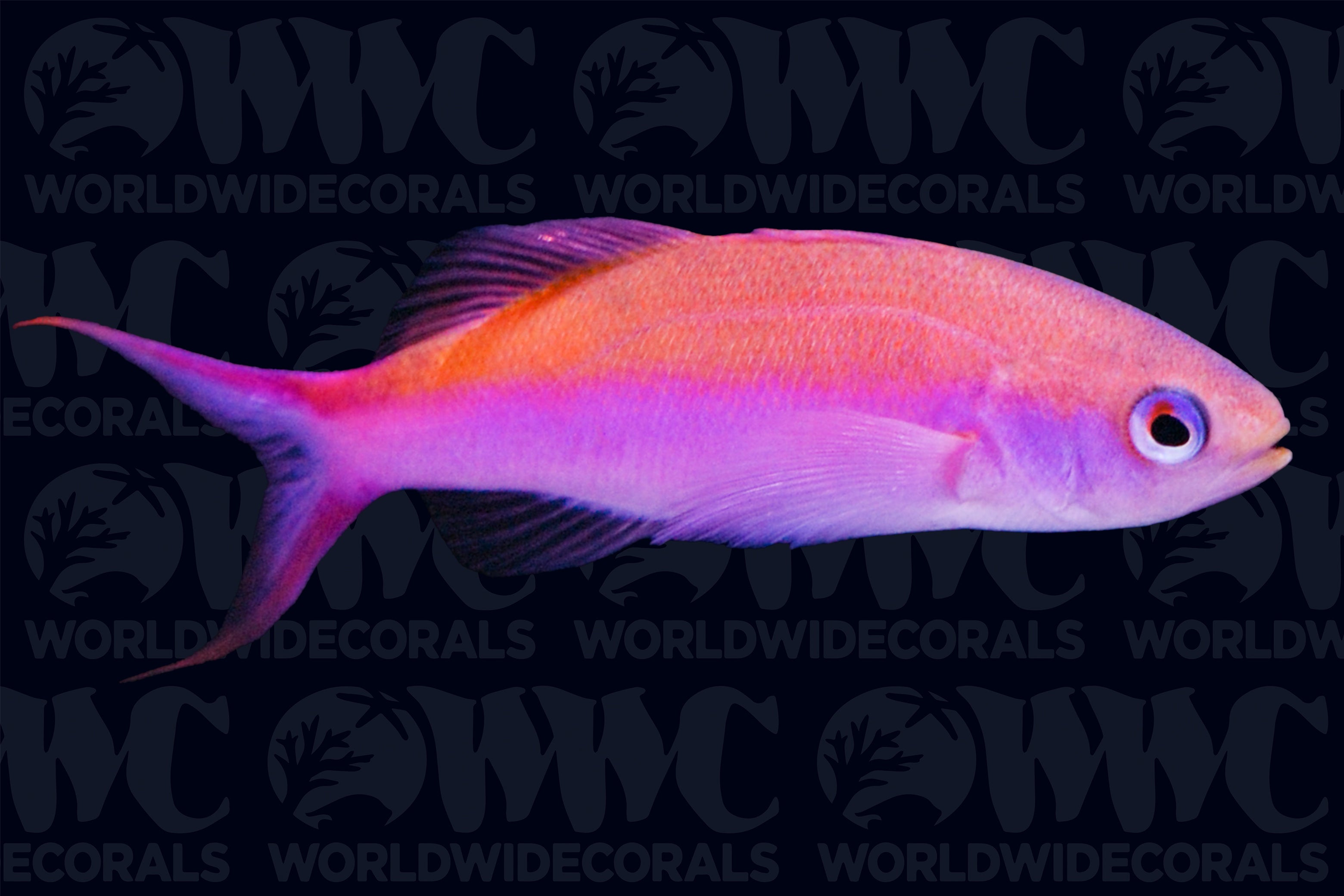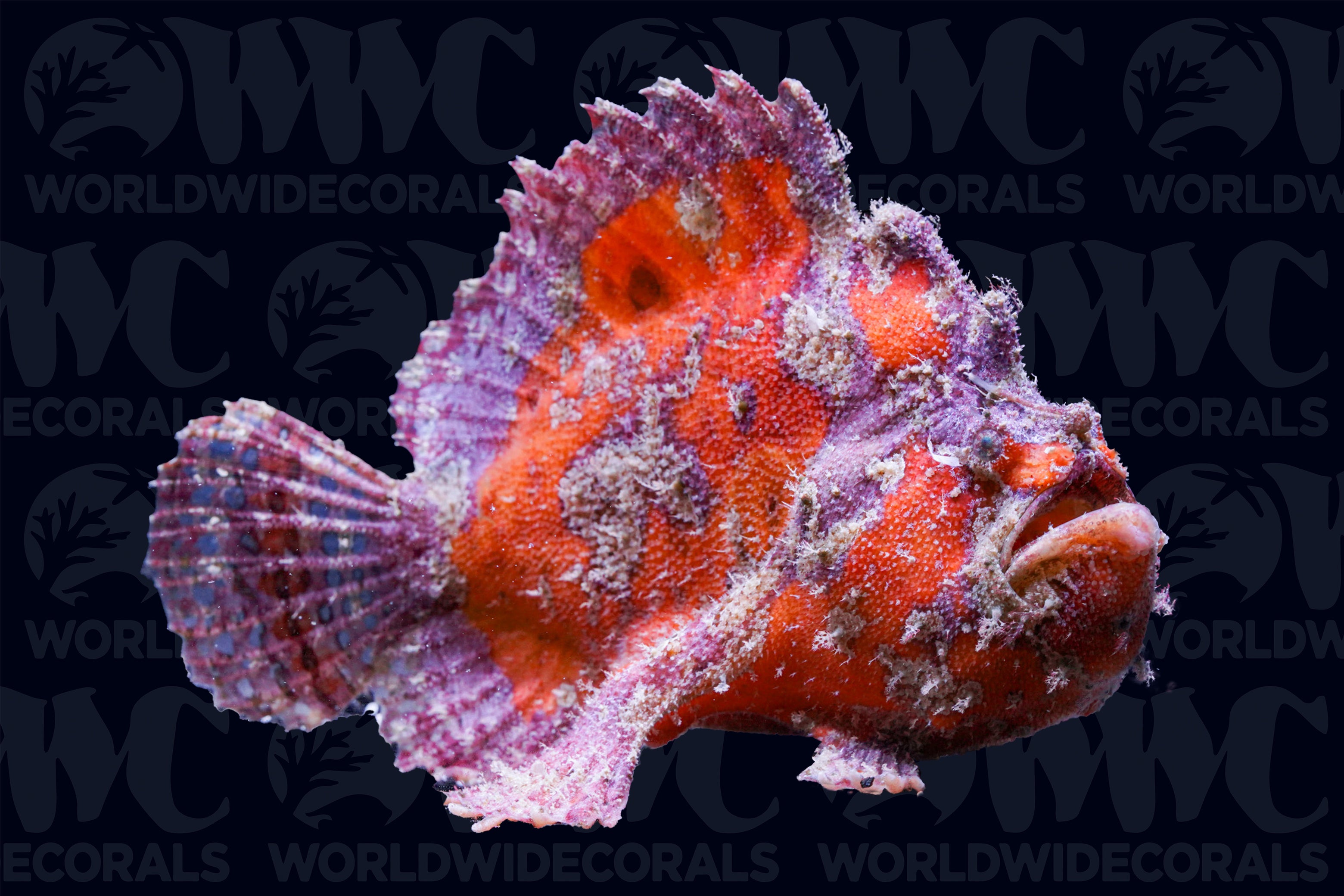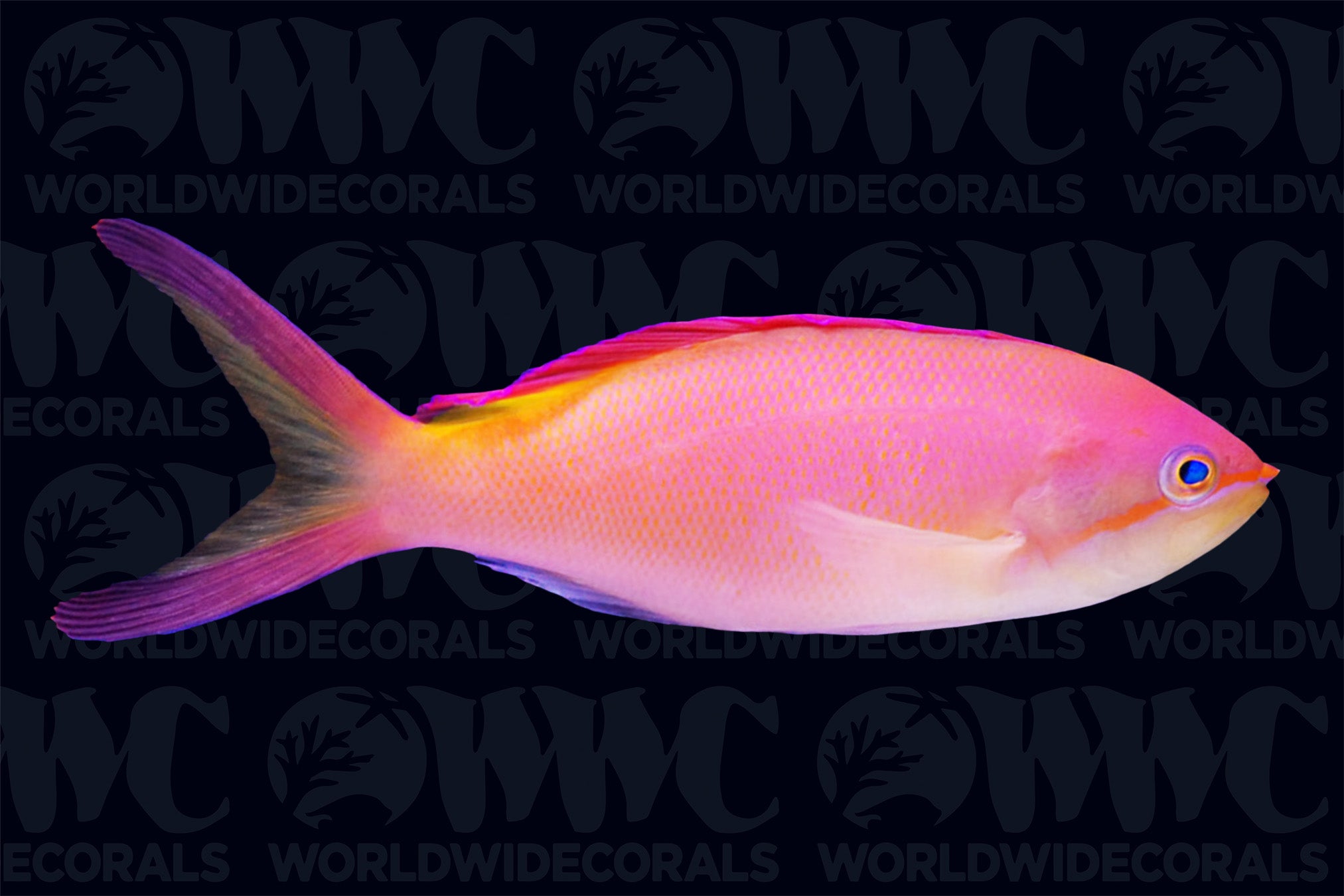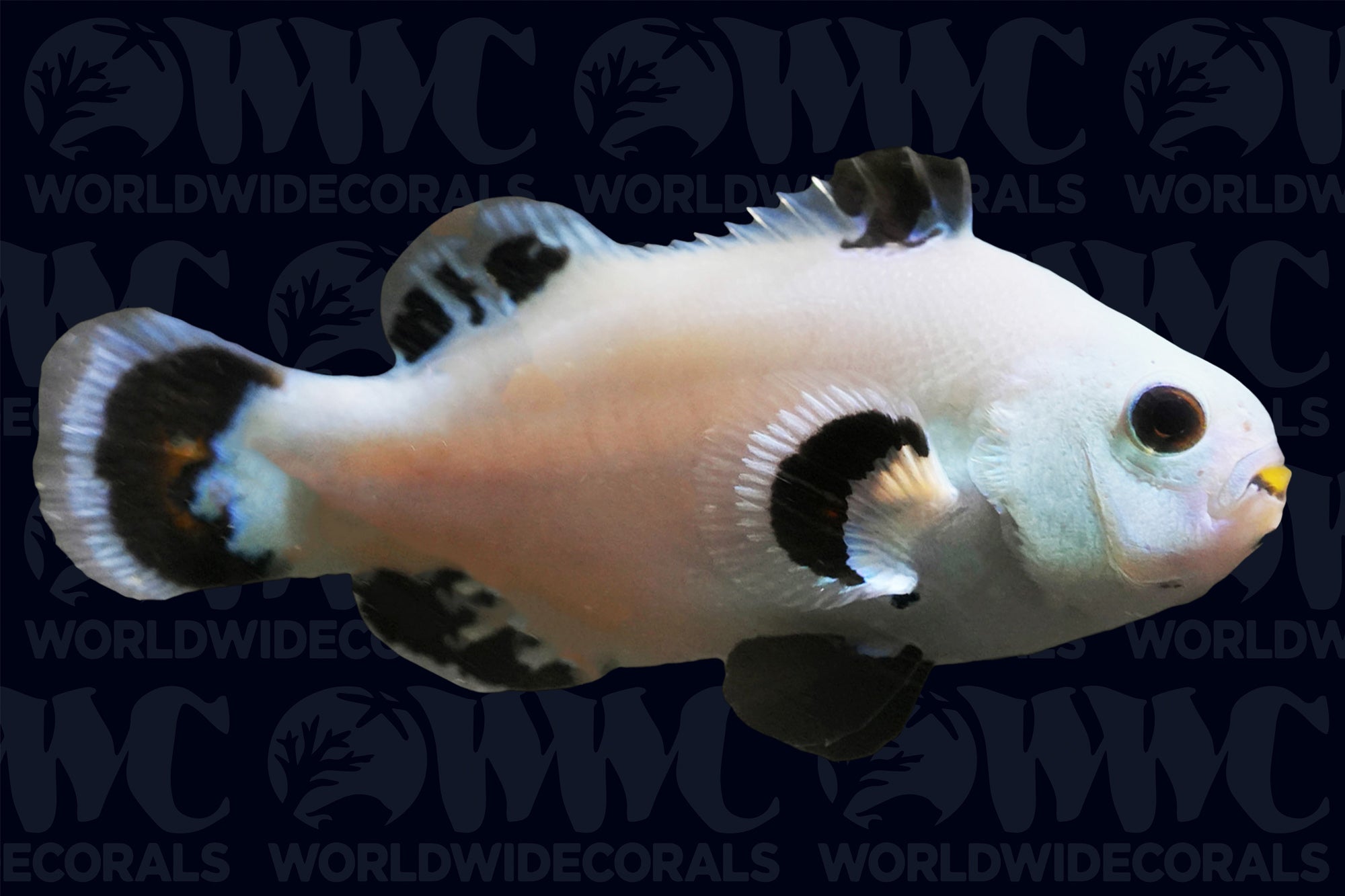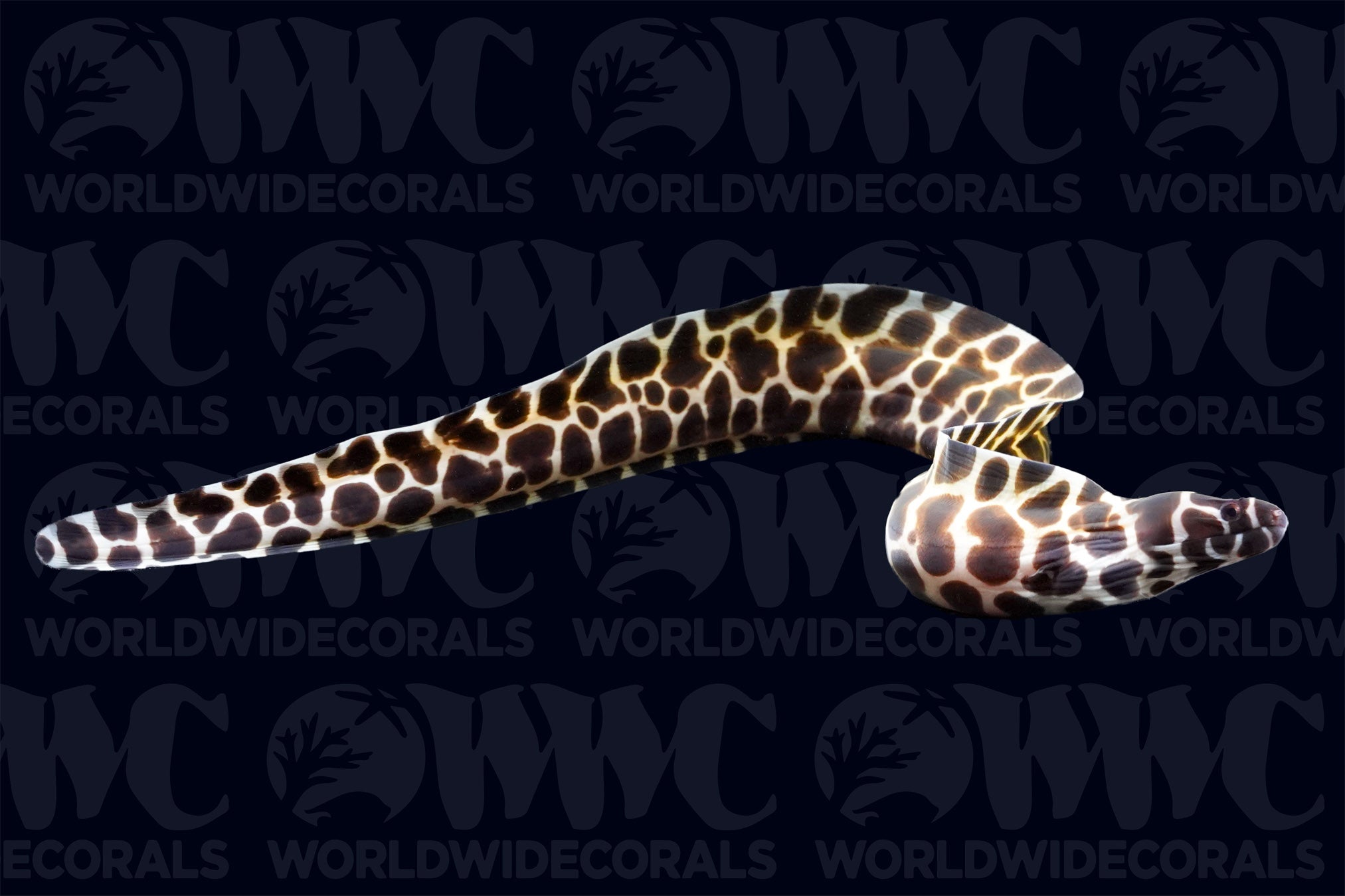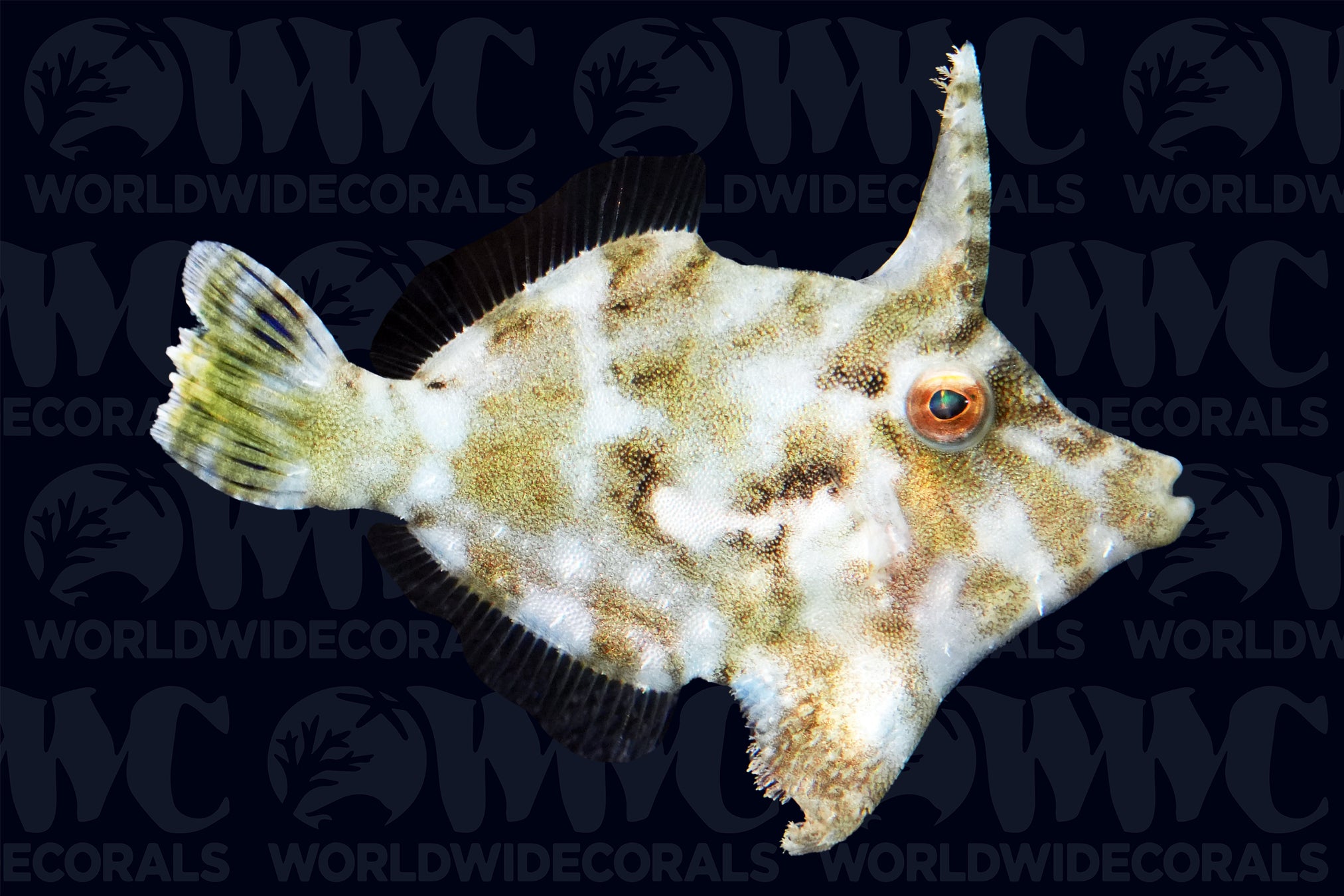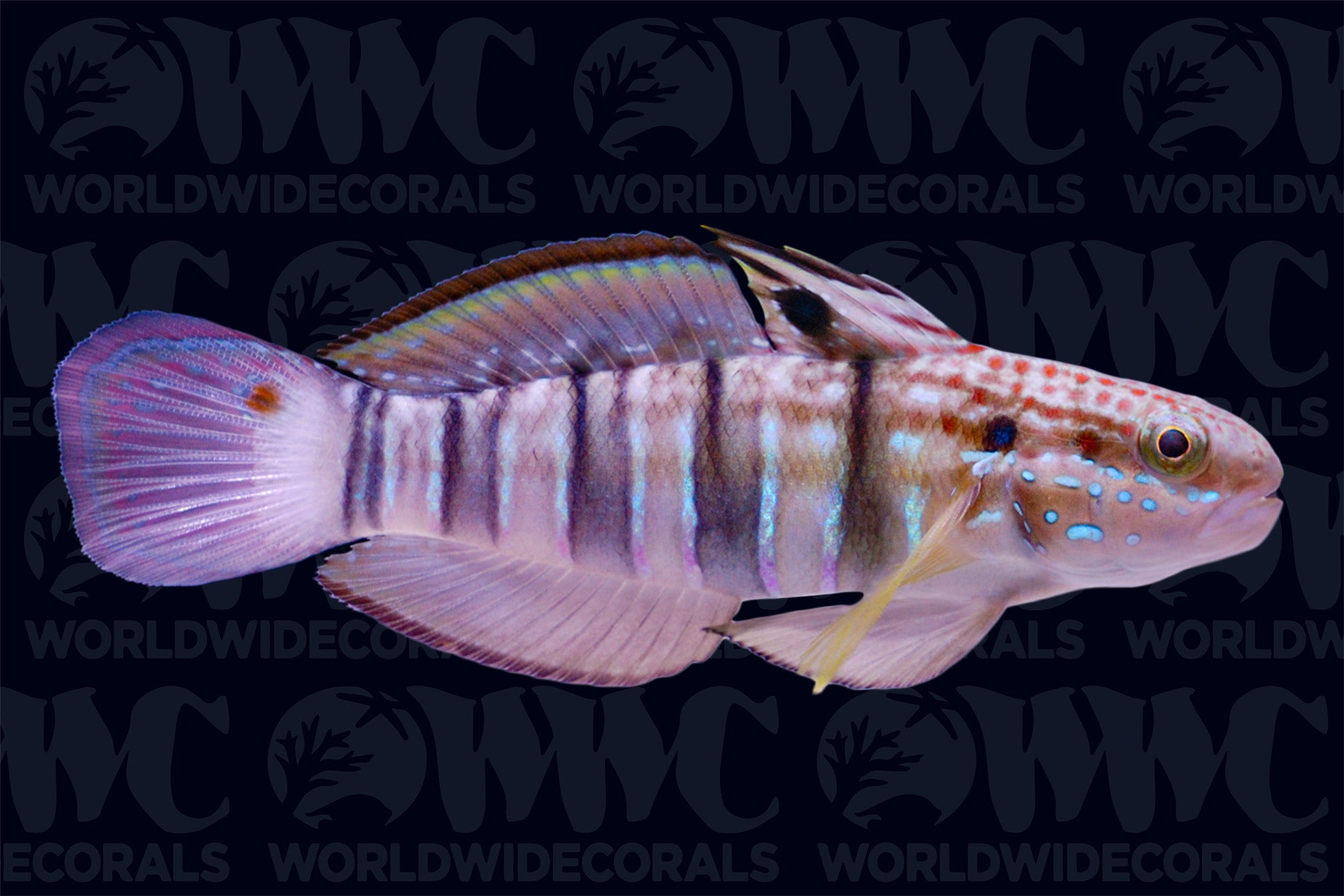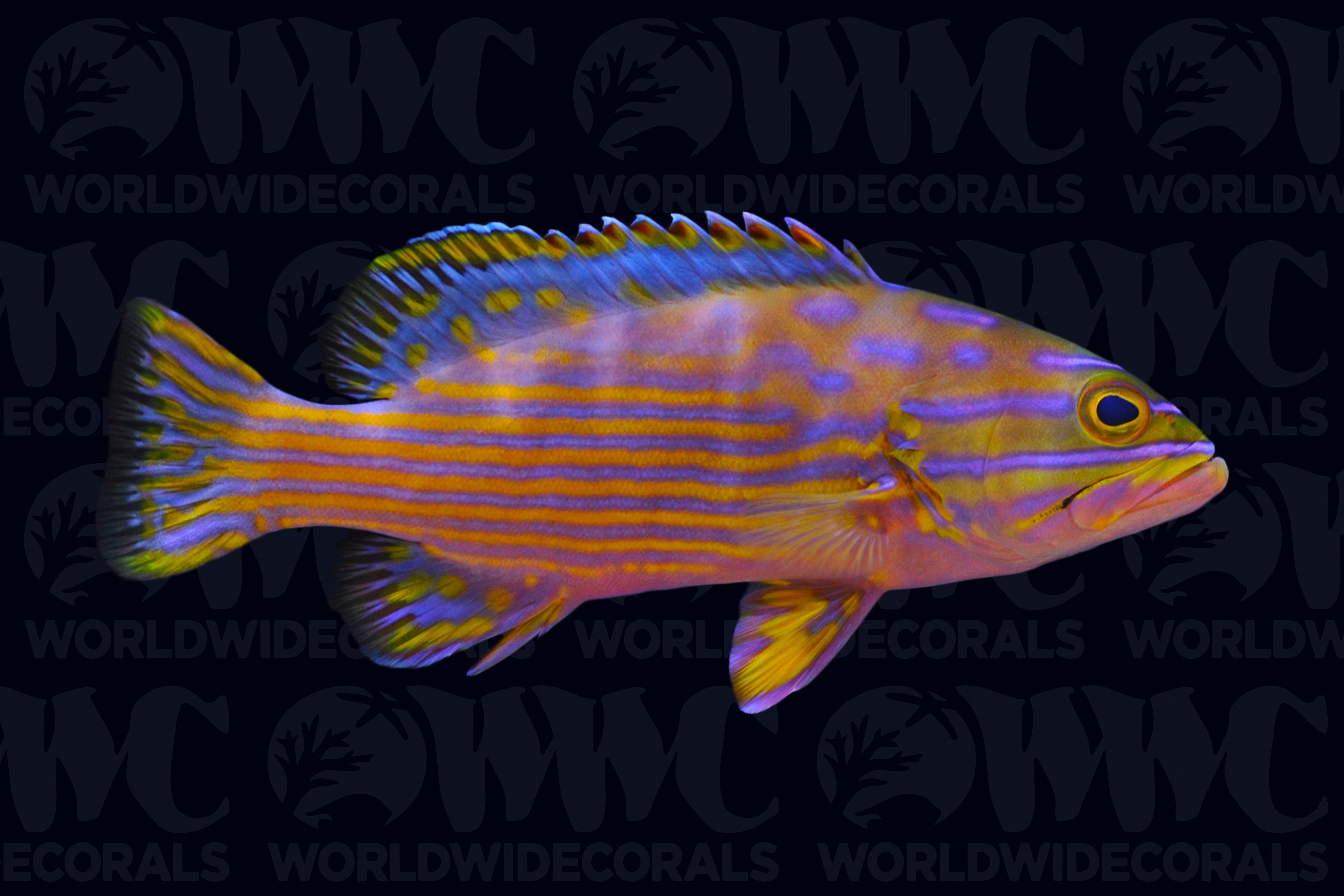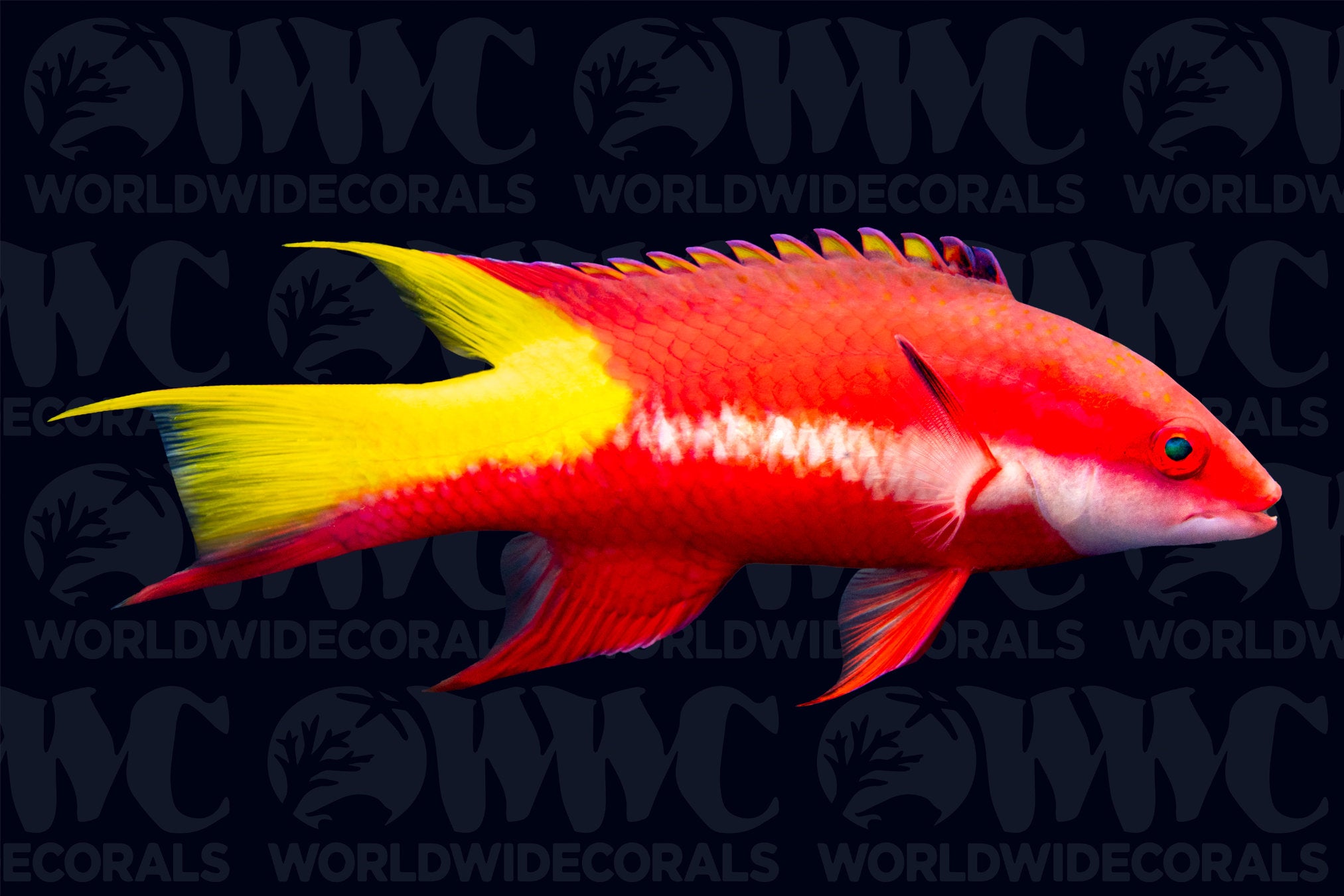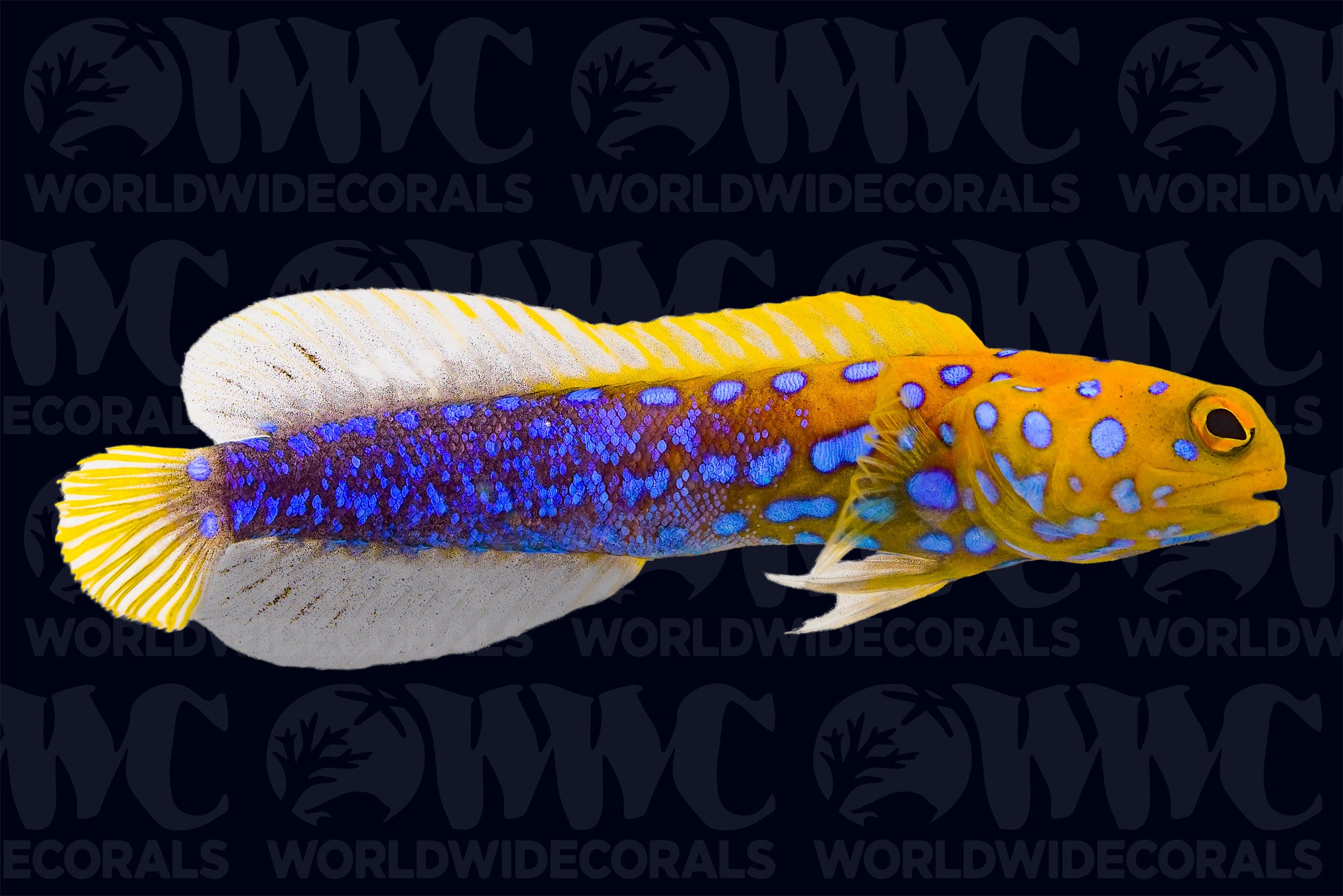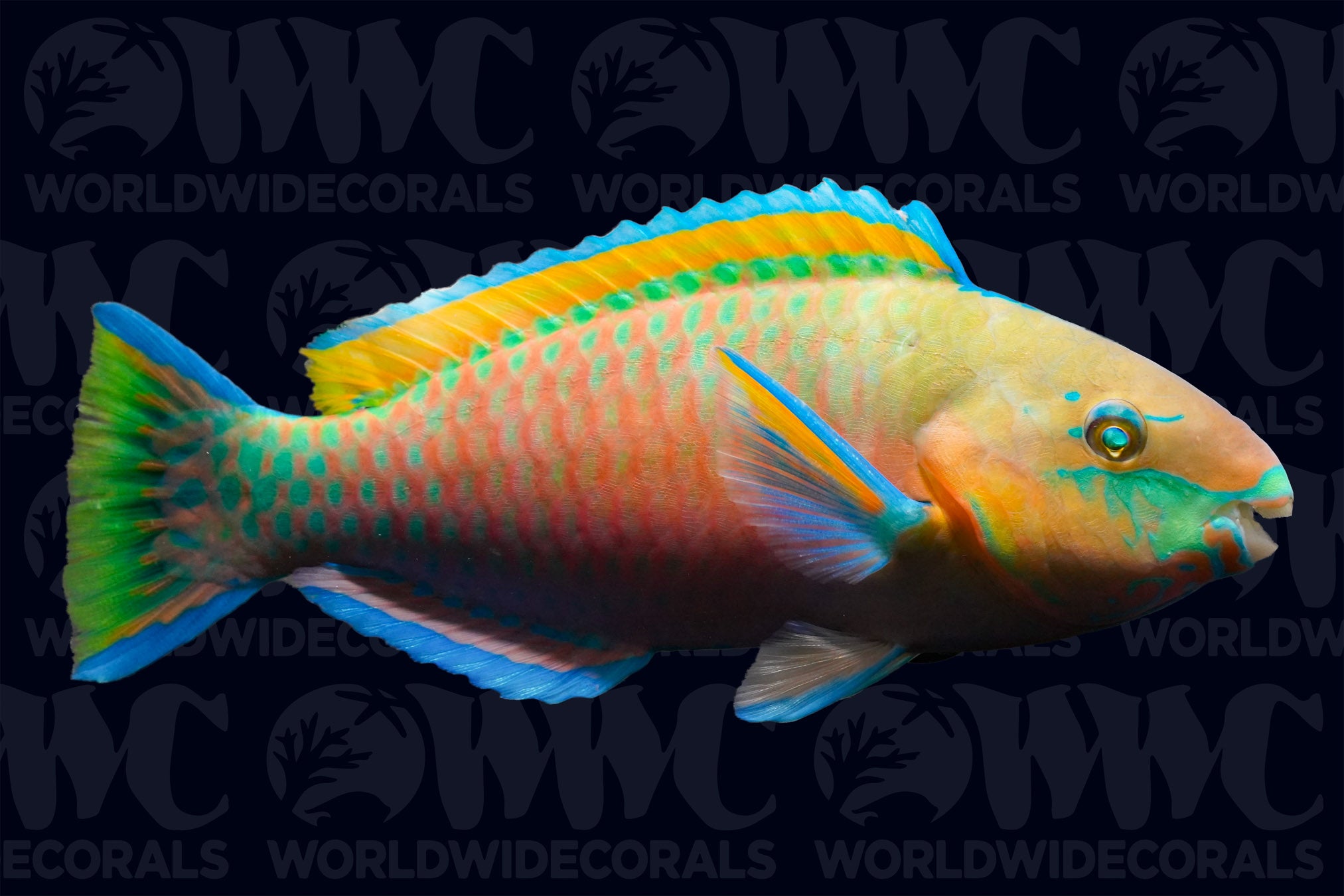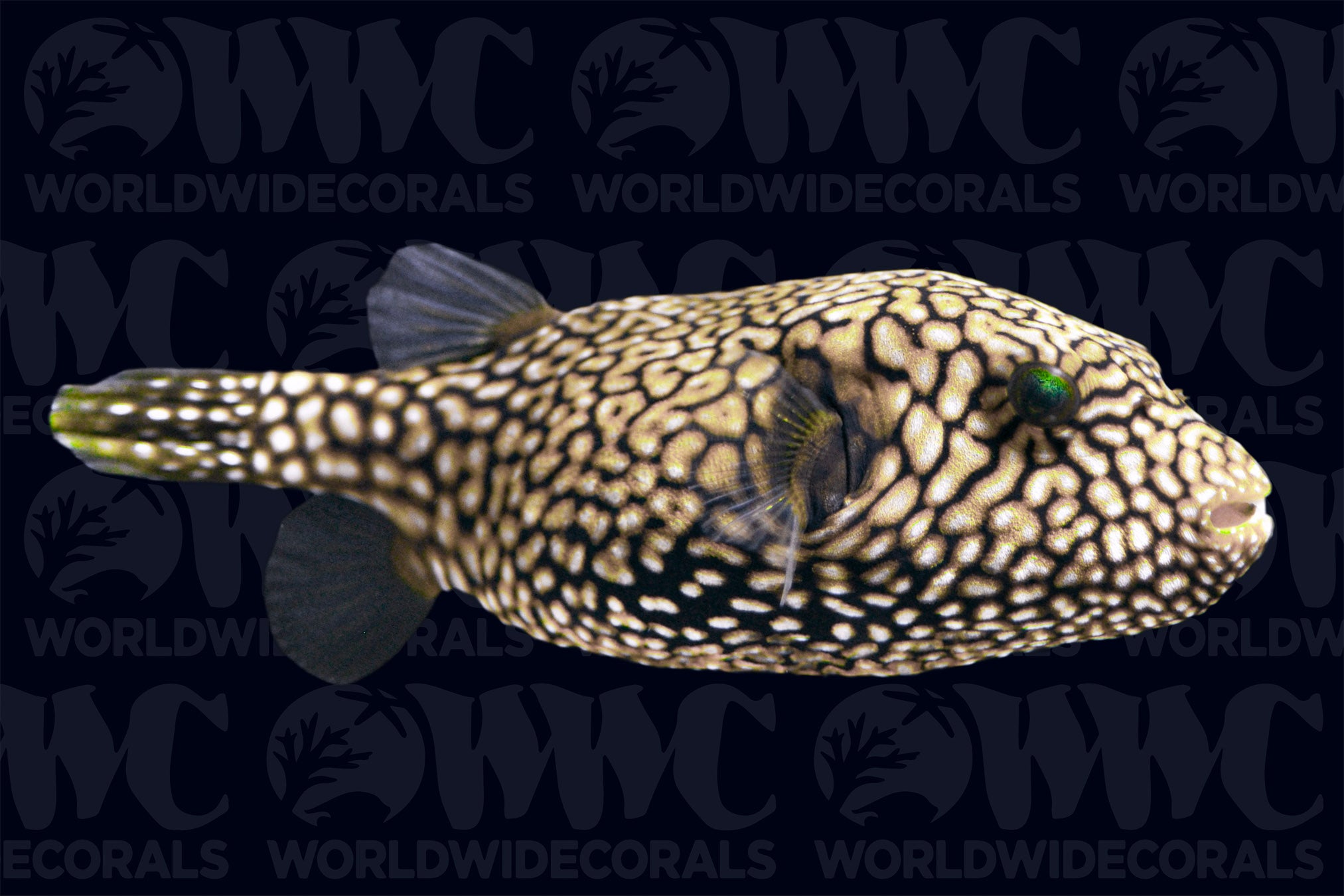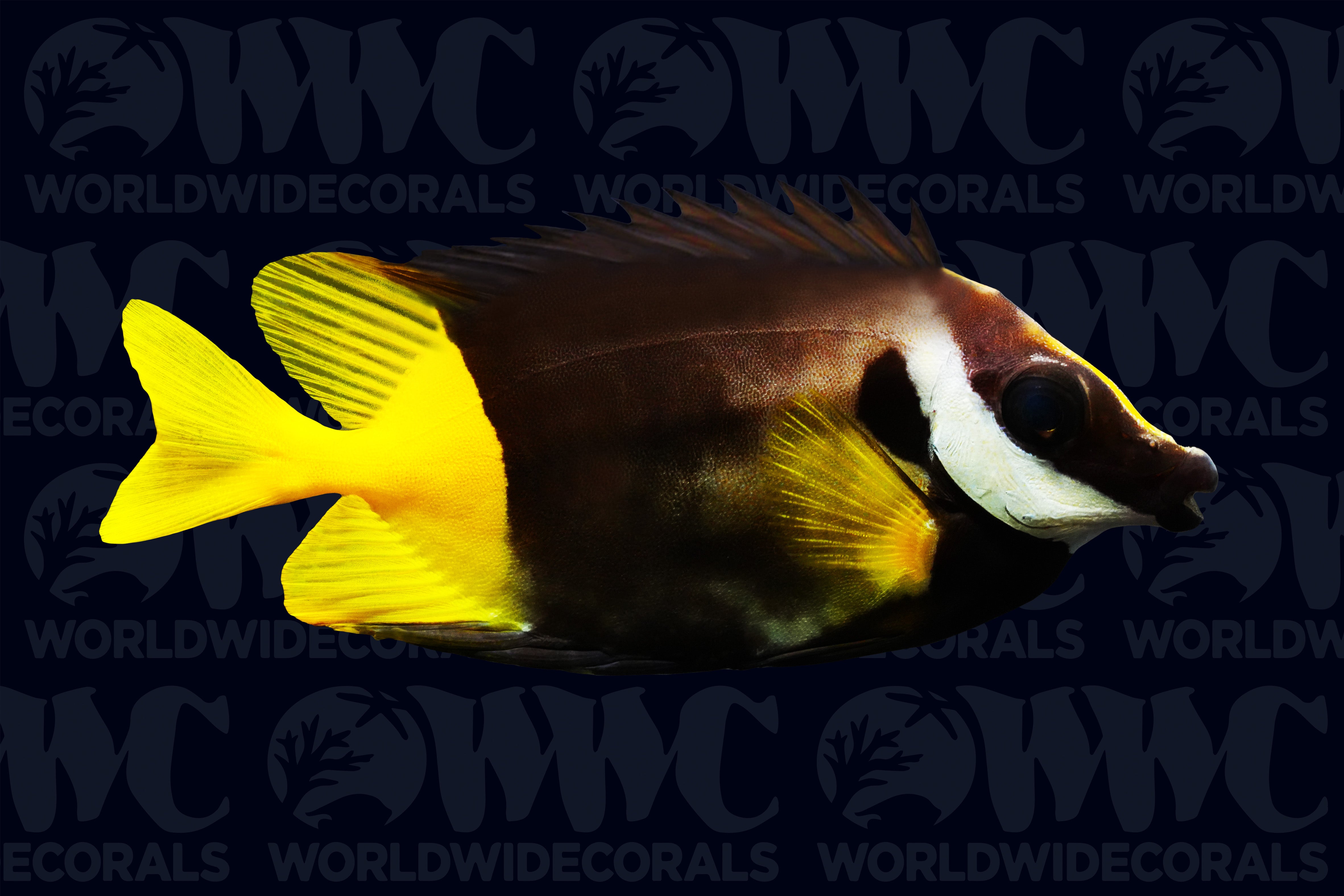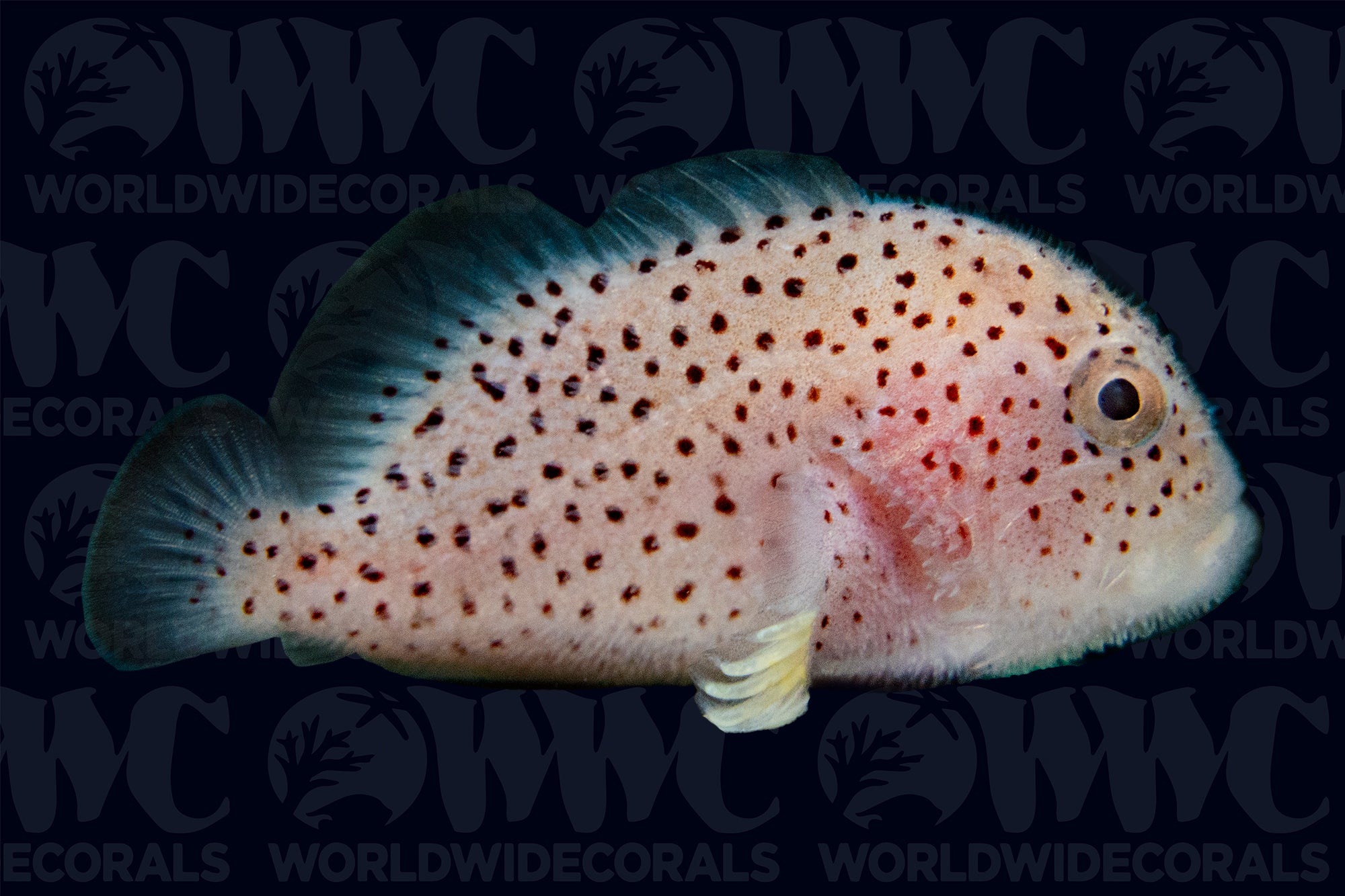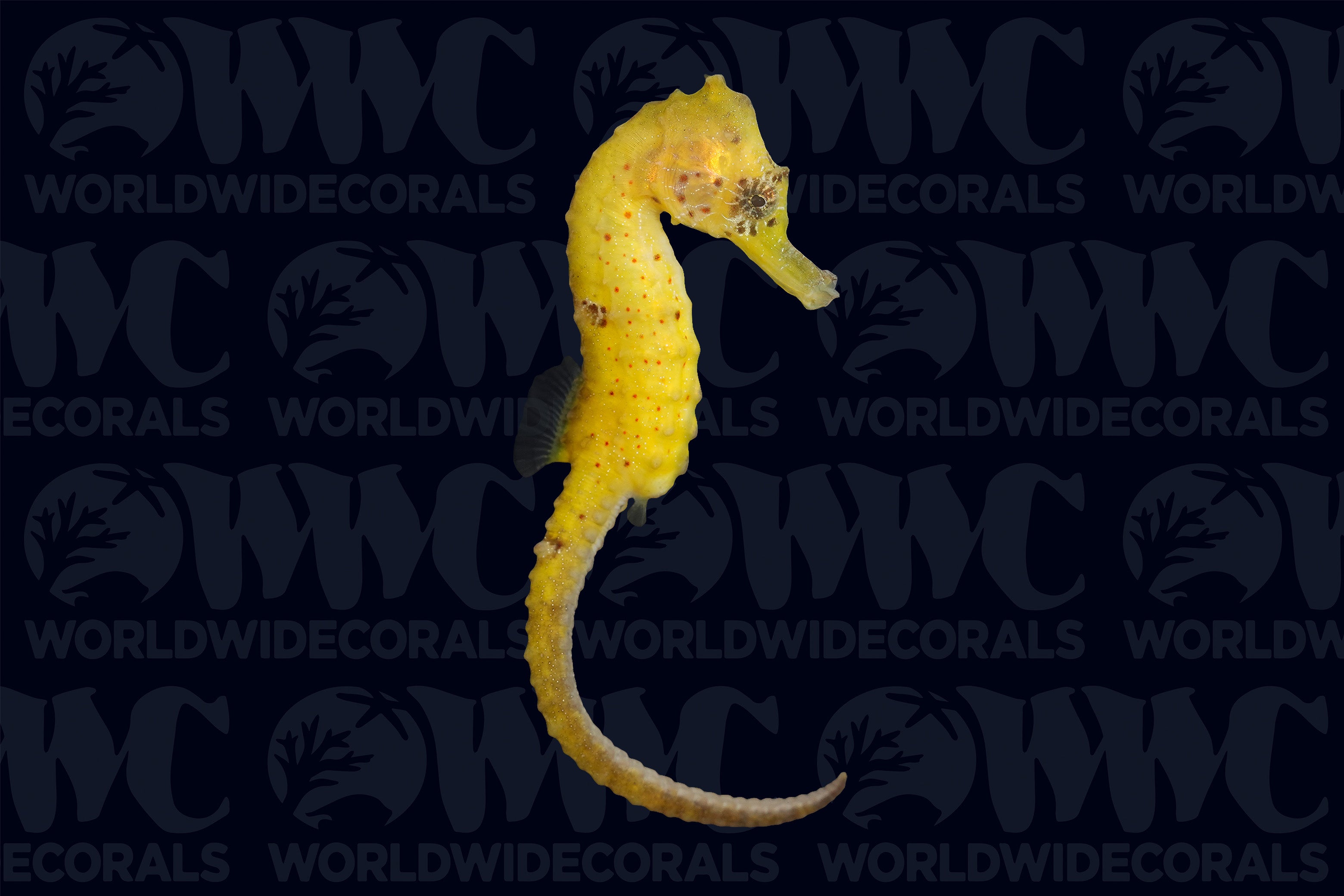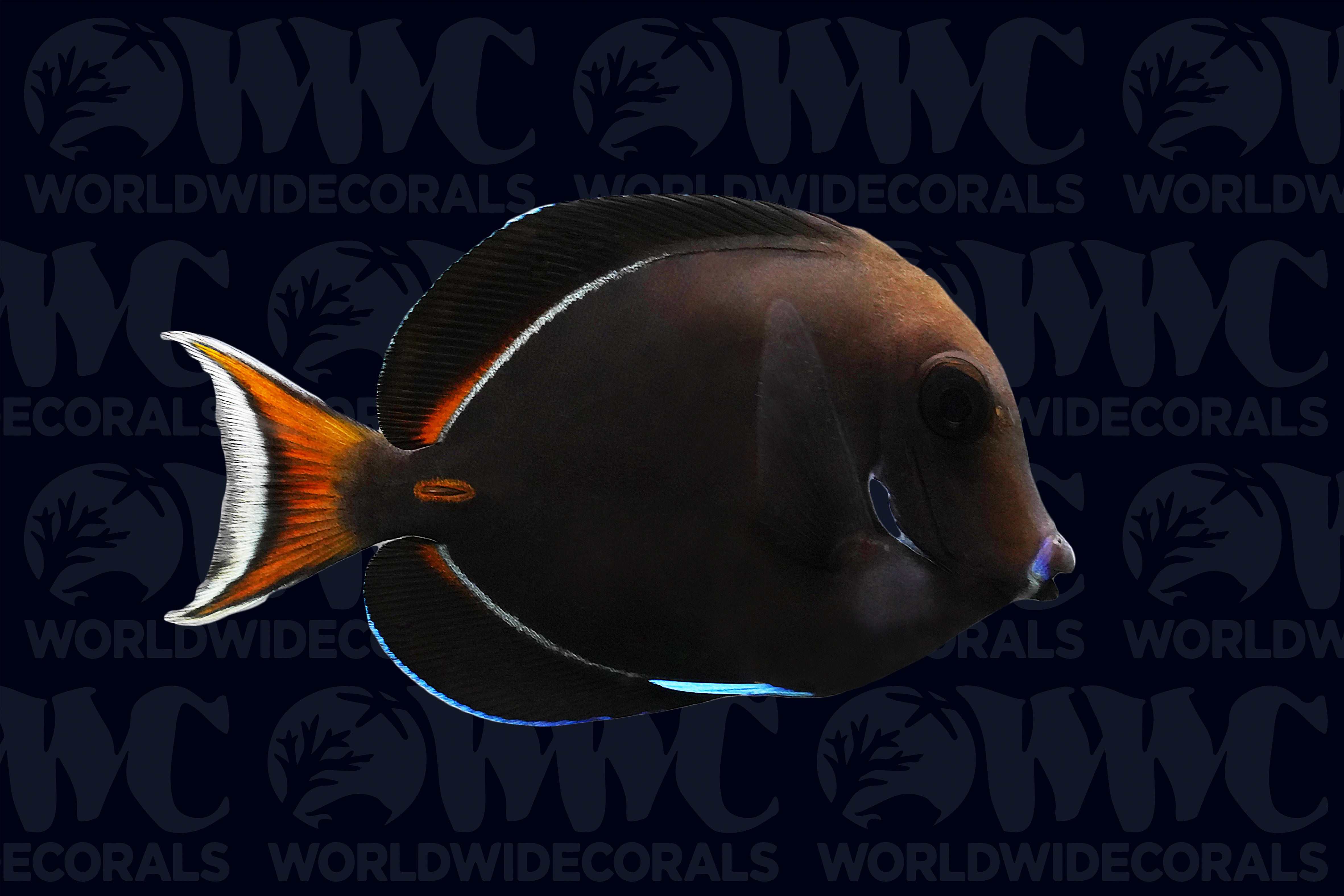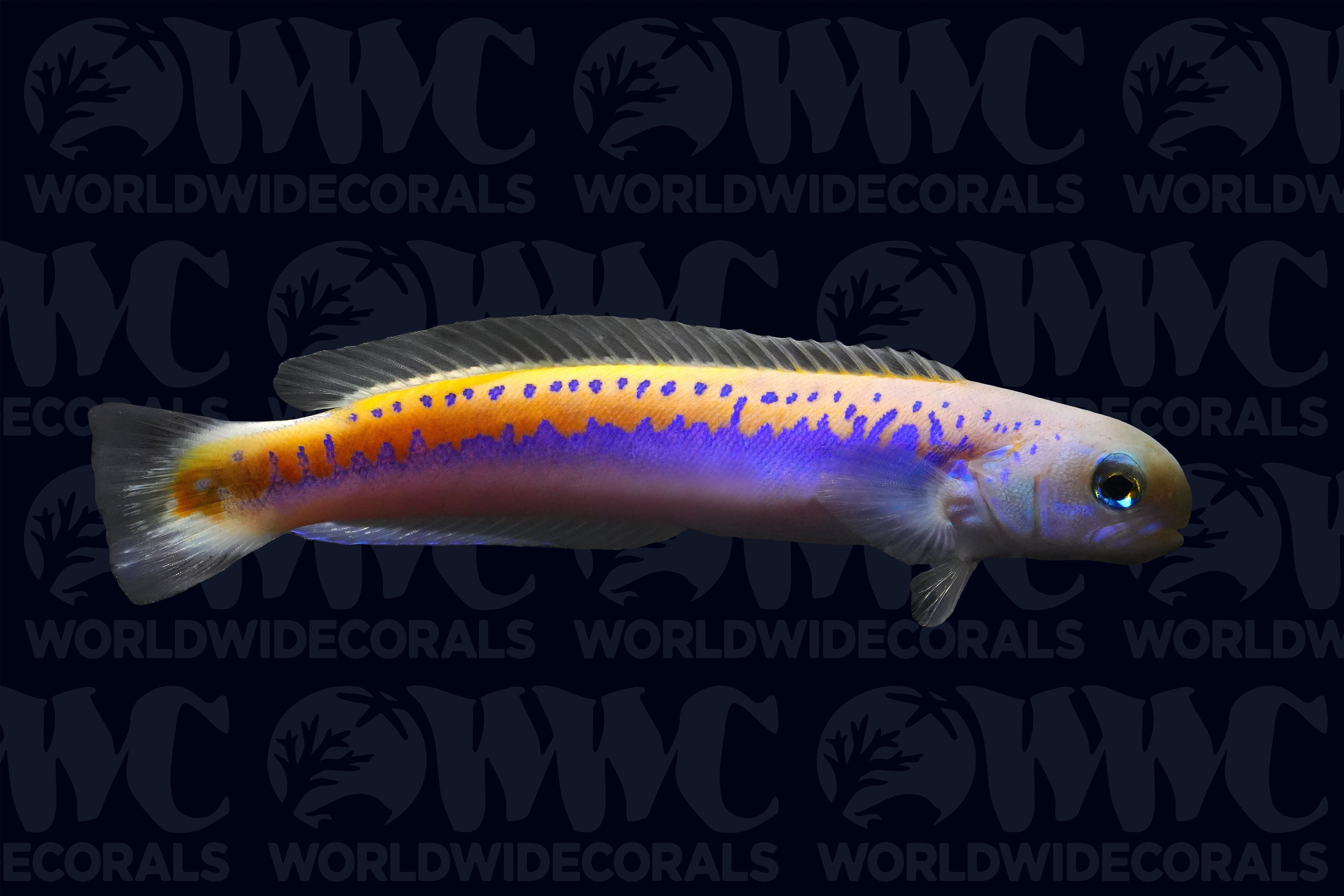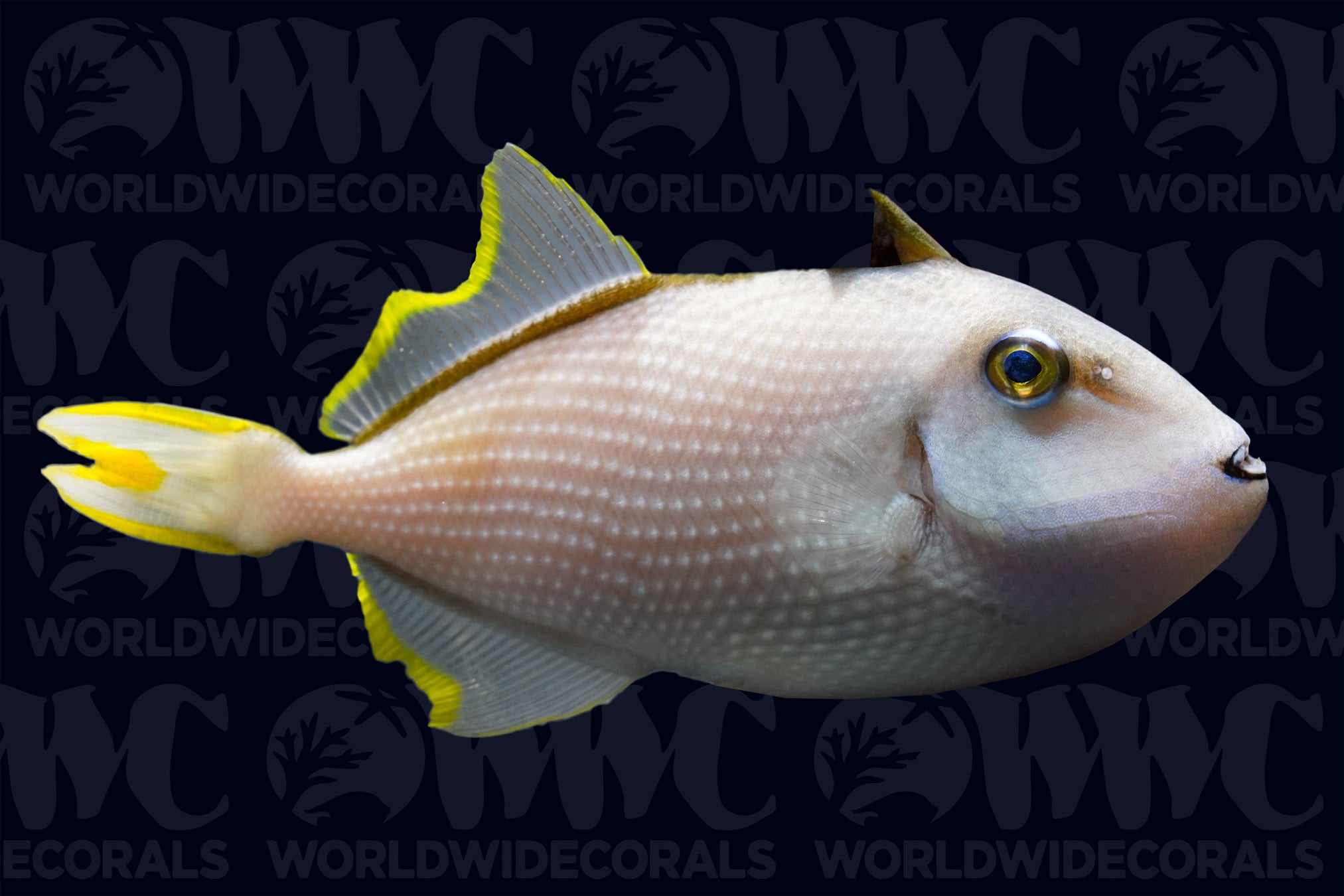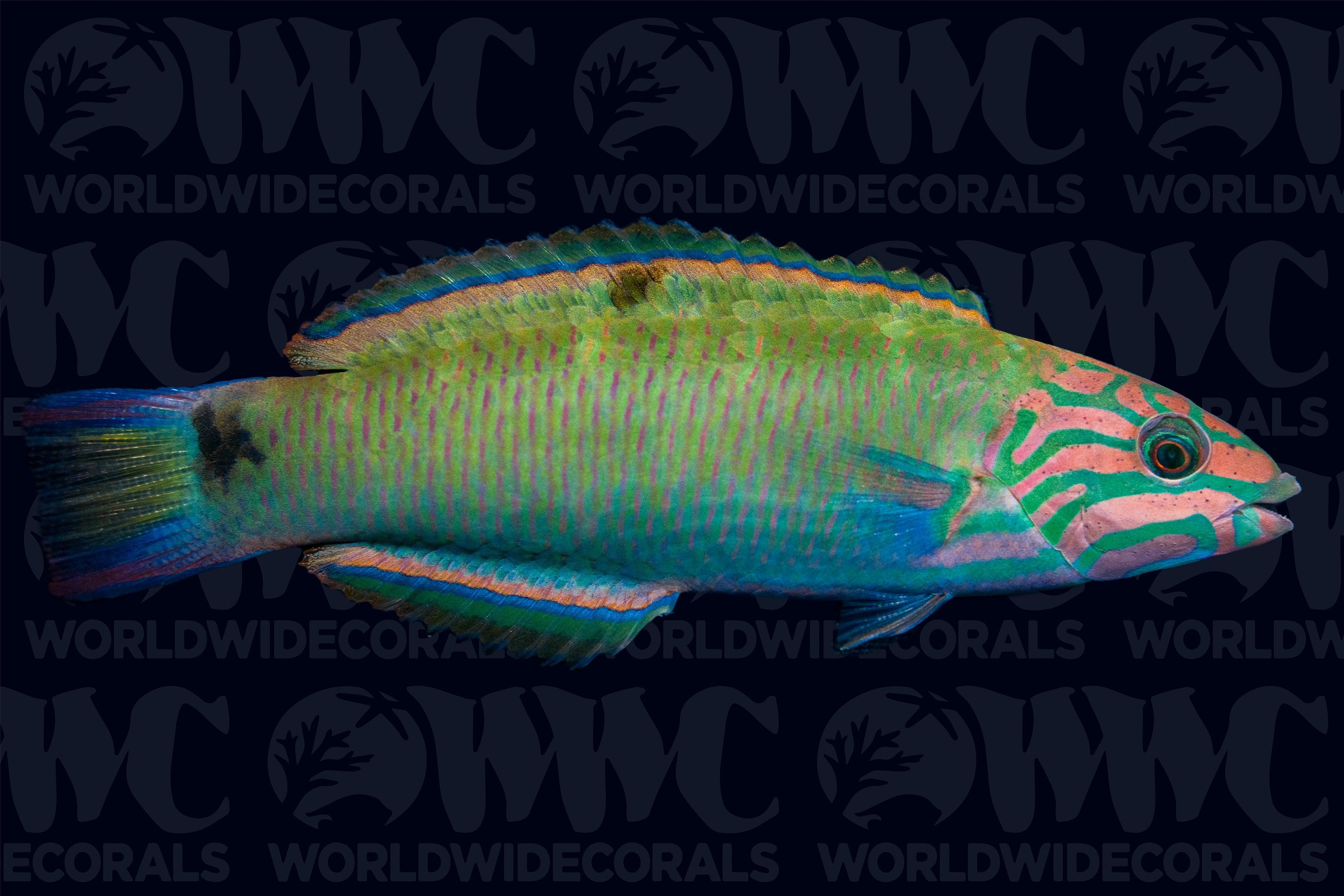Description
Luzonichthys waitei
Anthias belonging to this genus are considered reef-safe and make wonderful additions to peaceful aquariums due to their tranquil nature. It's important to allocate ample open space for schools of Purple Pygmy Anthias to roam freely. These fish boast a striking slender form with hues ranging from red to purple. As carnivores, Purple Pygmy Anthias thrive on a varied diet consisting of small chopped meaty foods like fish, crustaceans, clams, as well as frozen and prepared marine foods. Regular feeding, in small amounts several times a day, is recommended. During the initial acclimation period, they may exhibit selective feeding habits, but offering enriched adult brine shrimp can help stimulate their appetite. These Anthias typically grow up to 3 inches in size and will require aquariums of at least 75 gallons or larger. In their natural habitat, Purple Pygmy Anthias are often found in large shoals near reef slopes, typically at depths of up to 100 feet.
Anthias belonging to this genus are considered reef-safe and make wonderful additions to peaceful aquariums due to their tranquil nature. It's important to allocate ample open space for schools of Purple Pygmy Anthias to roam freely. These fish boast a striking slender form with hues ranging from red to purple. As carnivores, Purple Pygmy Anthias thrive on a varied diet consisting of small chopped meaty foods like fish, crustaceans, clams, as well as frozen and prepared marine foods. Regular feeding, in small amounts several times a day, is recommended. During the initial acclimation period, they may exhibit selective feeding habits, but offering enriched adult brine shrimp can help stimulate their appetite. These Anthias typically grow up to 3 inches in size and will require aquariums of at least 75 gallons or larger. In their natural habitat, Purple Pygmy Anthias are often found in large shoals near reef slopes, typically at depths of up to 100 feet.
3 DAY GUARANTEE | Hassle Free | 100% Satisfaction | Online Orders Only


